If you’re wondering “what is a deep tissue massage called?”, you’re in the right place. Deep tissue massage is a type of massage therapy that focuses on realigning deeper layers of muscles and connective tissue. It is especially helpful for chronically tense and contracted areas such as stiff necks, low back tightness, and sore shoulders. The goal of deep tissue massage is to break up scar tissue and physically break down muscle “knots” or adhesions (bands of painful, rigid tissue) and increase blood flow to the affected area.
Contents
What is a Deep Tissue Massage?
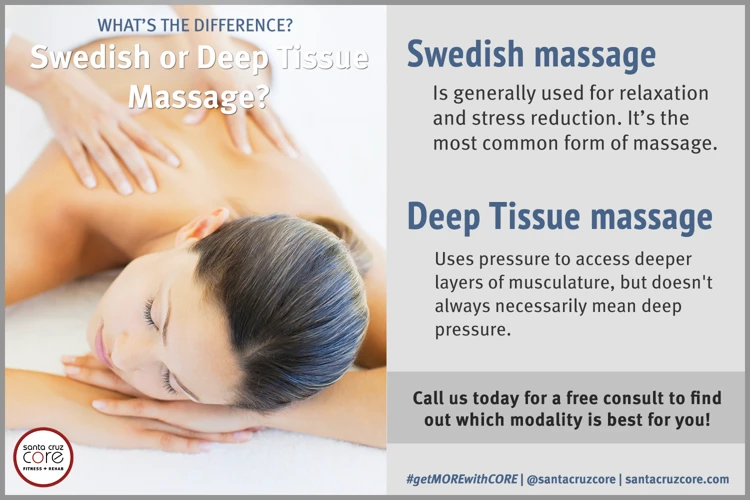
Deep tissue massage is a type of massage therapy that focuses on realigning deeper layers of muscles and connective tissue. It is especially beneficial for chronic aches and pains and contracted areas such as stiff neck and upper back, low back pain, leg muscle tightness, and sore shoulders.
Benefits of Deep Tissue Massage:
- Reduces chronic pain
- Improves flexibility and range of motion
- Relieves muscle tension and spasms
- Reduces inflammation
- Improves posture
- Reduces stress and anxiety
Techniques Used in Deep Tissue Massage:
- Cross-Fiber Friction: This technique is used to break up adhesions and scar tissue in the muscles.
- Trigger Point Therapy: This technique targets and releases tight muscle knots.
- Myofascial Release: This technique applies gentle pressure to connective tissue to release tension and improve circulation.
- Stretching: This technique helps to improve flexibility and reduce pain.
- Muscle Energy Techniques: This technique uses gentle stretching and pressure to improve mobility.
Deep tissue massage is sometimes referred to as deep tissue therapy, deep tissue mobilization, or myofascial release. It is a powerful therapy that can be used to treat a variety of conditions and can provide long-lasting relief from chronic pain.
Definition
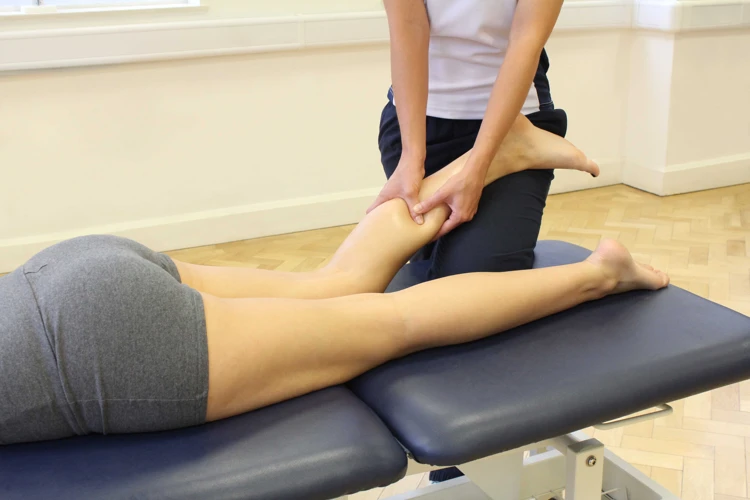
Deep tissue massage is a type of massage therapy that focuses on realigning deeper layers of muscles and connective tissue. It is especially helpful for chronically tense and contracted areas such as stiff necks, low back tightness, and sore shoulders.
History

Deep tissue massage has been practiced for centuries. Ancient Egyptian, Chinese and Indian cultures all used massage to treat aches and pains. In the 19th century, Swedish massage, a type of deep tissue massage, was developed and popularized by a Dutch physician, Johann Mezger. Deep tissue massage has evolved over the years, incorporating elements of other massage techniques, such as Shiatsu, to become what it is today. It is now widely used to treat a variety of physical and mental ailments.
What is a Deep Tissue Massage Called?

Deep tissue massage is an intense, therapeutic massage technique that focuses on realigning deeper layers of muscles and connective tissue. It is especially beneficial for chronic aches and pains and contracted areas such as stiff neck and upper back, low back pain, leg muscle tightness, and sore shoulders.
Benefits:
Deep tissue massage can help with a wide range of ailments, including:
- Relieving chronic pain
- Reducing muscle tension and stiffness
- Improving posture
- Relieving stress and anxiety
- Relaxing muscles
- Improving circulation
- Increasing joint mobility
Techniques:
Deep tissue massage can be performed using a combination of techniques, such as:
| Technique | Description |
|---|---|
| Effleurage | A gentle gliding or kneading massage technique used to warm up the muscles |
| Friction | A circular massage technique that helps to break down adhesions and scar tissue |
| Petrissage | A kneading massage technique used to increase circulation and relieve tension |
| Tapotement | A percussion massage technique used to stimulate the muscles |
Deep tissue massage is also known as Swedish massage, sports massage, and trigger point therapy. It is a powerful therapy that can help to reduce pain, improve mobility, and enhance overall health.
Benefits of Deep Tissue Massage
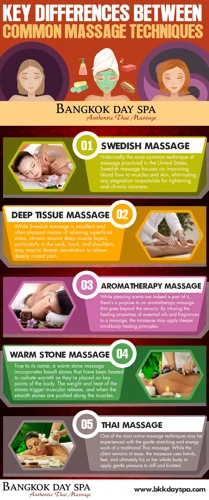
Deep tissue massage is a powerful therapy that can provide many benefits, both physical and emotional. It is a type of massage that focuses on the deeper layers of the muscles and connective tissue, releasing tension and tightness to provide relief from chronic pain. This type of massage is often used to treat sports injuries, chronic pain, and tension.
| Benefit | Description |
|---|---|
| Relieves Chronic Pain | Deep tissue massage can help relieve chronic pain by targeting the deeper layers of the muscles and connective tissue. |
| Improves Range of Motion | The deep pressure of the massage can help to improve range of motion by loosening tight muscles and fascia. |
| Reduces Stress and Anxiety | Deep tissue massage can help to reduce stress and anxiety by releasing tension and promoting relaxation. |
| Improves Circulation | The pressure applied during deep tissue massage can help to improve circulation, allowing more oxygen and nutrients to be delivered to the muscles. |
| Boosts Immunity | Deep tissue massage can help to boost the immune system by stimulating the release of endorphins, which are natural chemicals that can help to fight off infection. |
Deep tissue massage can provide a range of physical and emotional benefits, from improved circulation and range of motion to reduced stress and anxiety. By targeting the deeper layers of the muscles and connective tissue, it can help to relieve chronic pain, boost immunity, and improve overall health and wellbeing.
Pain Relief
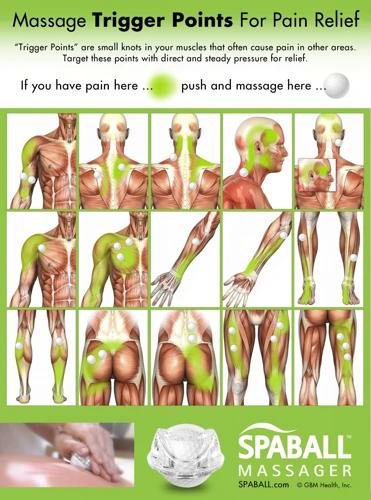
Deep tissue massage is a powerful therapy that uses deep pressure and slow strokes to target the deepest layers of muscle and connective tissue. It is used to treat a variety of ailments, including chronic pain and muscle tension. It is also known to help reduce stress and anxiety, improve circulation, and improve overall health. While traditional massage focuses on relaxation, deep tissue massage is intended to target deeper layers of muscle and tissue, and can provide more intense and effective relief from long-term conditions.
Deep tissue massage is known to be a more intense form of massage, and is often used to treat chronic pain and muscle tension. It is also used to reduce stress and anxiety, improve circulation, and improve overall health. By targeting the deeper layers of muscle and connective tissue, deep tissue massage can provide more effective and long-lasting relief from chronic pain and muscle tension.
Deep tissue massage can also be used to treat specific conditions, such as injuries, chronic pain, and muscle tension. By targeting the deeper layers of muscle and connective tissue, deep tissue massage can provide more effective and long-lasting relief from specific conditions. Some of the conditions that can be treated through deep tissue massage include plantar fasciitis, carpal tunnel syndrome, rotator cuff injuries, and chronic back pain.
Stress Relief
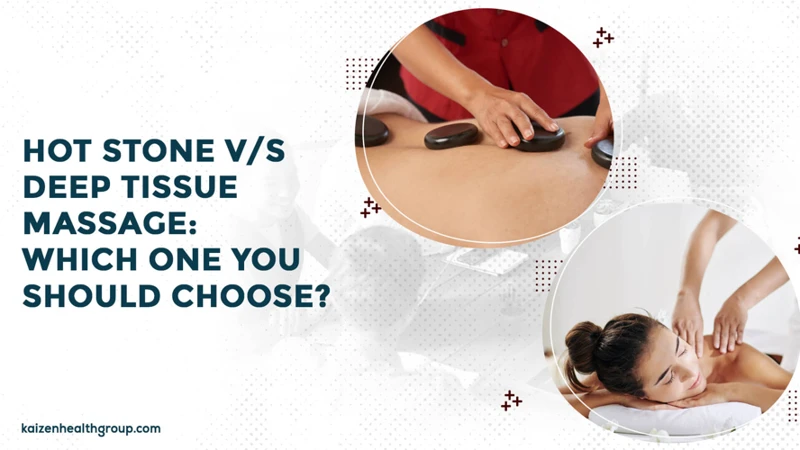
- Trigger Point Therapy: This type of massage works by targeting specific areas of tension in the body, known as trigger points, to reduce pain and inflammation.
- Swedish Massage: This is one of the most commonly used massage techniques and is known for its relaxing effects. It focuses on long, gentle strokes, light kneading, and circular motions to help reduce stress and ease tension.
- Aromatherapy: This is a form of massage therapy that uses essential oils to help reduce stress and anxiety. The essential oils are inhaled and absorbed through the skin, and can help to reduce tension and improve mood.
Deep tissue massage can be an effective tool for stress relief. It can help to relax the muscles, reduce tension, and improve circulation, which can all help to reduce stress. Deep tissue massage can also help to release endorphins, which are hormones that can help to improve mood and reduce stress levels. And because it targets the deeper layers of muscle tissue, it can be more effective than other massage techniques in relieving chronic pain and tension.
Injury Prevention
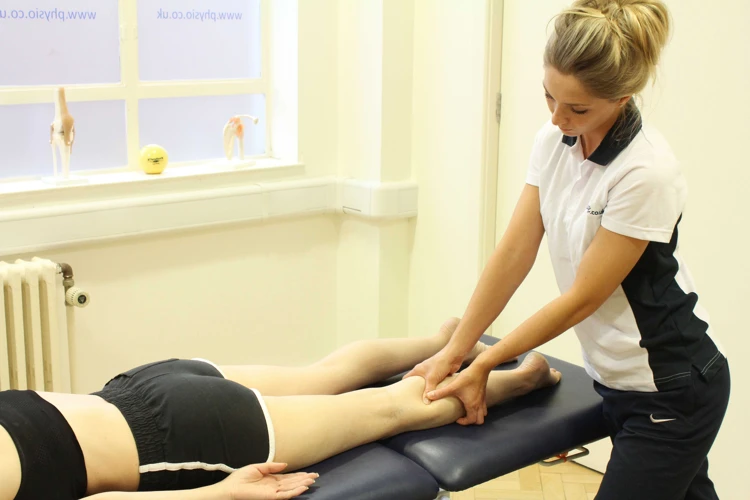
Deep tissue massage is a form of bodywork that focuses on releasing tension in the deeper layers of tissue in the body. It is especially helpful for individuals with chronic pain, limited range of motion, and postural problems. It is also beneficial for athletes and those who engage in repetitive activities.
Benefits of Deep Tissue Massage for Injury Prevention:
- Reduced risk of developing injuries
- Decreased muscle tension and tightness
- Increased flexibility
- Improved posture
- Reduced inflammation
- Improved circulation
- Release of endorphins
Deep tissue massage is often used to treat sports injuries, such as strains and sprains, as well as repetitive strain injuries, such as carpal tunnel syndrome. It can also be used to treat chronic conditions, such as fibromyalgia, sciatica, and chronic headaches.
Techniques of Deep Tissue Massage:
- Trigger Point Therapy – releases tension in tight areas of the body, such as knots and spasms.
- Myofascial Release – uses sustained pressure to release restrictions in the fascia, the connective tissue that surrounds the muscles.
- Neuromuscular Technique – uses alternating levels of pressure to release muscle tension and pain.
- Stretching – helps to lengthen and stretch tight muscles and increase range of motion.
- Compression – helps to reduce inflammation and improve circulation.
Deep tissue massage is an effective therapy for releasing chronic muscle pain and tension. The techniques used during the massage can help to reduce the risk of developing injuries and can help to improve flexibility and posture.
Improved Mobility
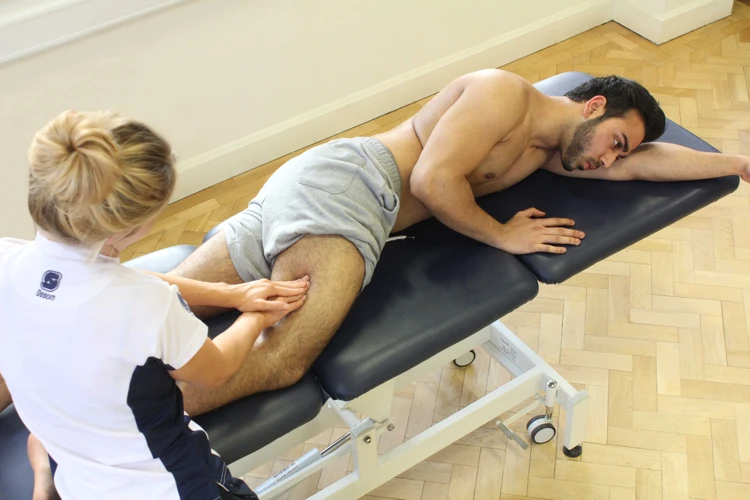
- Stimulates Connective Tissue:Deep tissue massage helps to break down patterns of tension in the body’s myofascial tissue and can help to restore the body’s natural mobility.
- Improves Joint Mobility:Deep tissue massage helps to improve joint mobility and flexibility by increasing the range of motion and flexibility in the joints.
- Reduces Muscle Tension:Deep tissue massage helps to reduce muscle tension by targeting tense muscles and releasing the built-up tension and restoring the muscle’s natural range of motion.
- Improves Circulation:Deep tissue massage helps to improve circulation by increasing blood flow to the area and helping to release built-up toxins and improve oxygen levels.
Deep tissue massage is known as a powerful therapy that can help to improve mobility, reduce muscle tension, and improve circulation. This type of massage is used to target deeper layers of muscle and connective tissue and is great for athletes and those who are looking to increase their flexibility and range of motion in their joints.
Techniques of Deep Tissue Massage
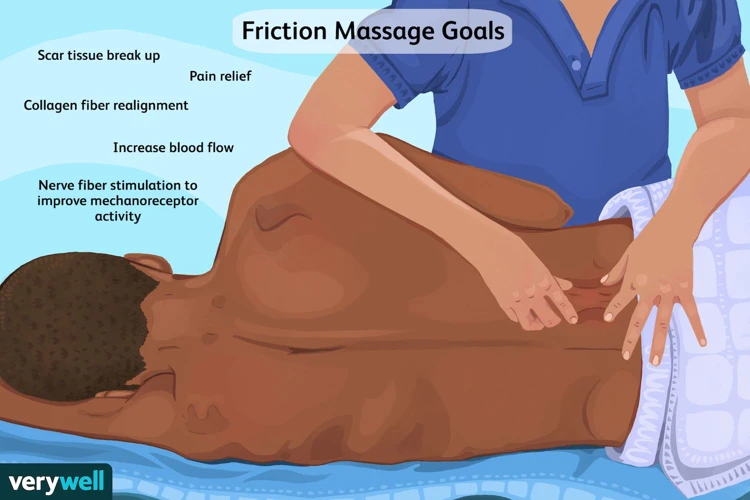
Deep tissue massage is a powerful form of massage therapy that is designed to address chronic pain, reduce tension and reduce stress. The techniques used in deep tissue massage target the deeper layers of tissue in the body and work to release tension and increase circulation.
Techniques used in deep tissue massage include:
- Stripping: This technique involves the therapist using their fingers and thumbs to apply pressure along the direction of the muscle fibers to break up adhesions.
- Compression: Compression techniques are used to apply sustained pressure to the muscle tissue with the aim of releasing tension and increasing circulation.
- Trigger Point Therapy: This technique involves the therapist applying pressure to specific points in the body that are known to be associated with pain and tension.
- Friction: This technique involves the therapist using their fingers or thumbs to apply friction to the muscle fibers to break up scar tissue and adhesions.
- Myofascial Release: This technique involves the therapist using their hands to apply sustained pressure to the fascia, or connective tissue, to release tension and promote circulation.
Deep tissue massage is a powerful therapy that can be used to relieve chronic pain, reduce stress and tension, and improve circulation. By using the techniques described above, a therapist can help to restore balance and harmony to the body, mind and spirit.
Stripping

- Stripping is a form of deep tissue massage that uses long gliding strokes to separate and stretch the muscle fascia.
- It is used to release knotty areas in the muscle that have been caused by adhesions and trauma.
- Stripping technique helps to increase circulation, reduce muscle tension, and improve flexibility.
- The technique is also beneficial for helping to reduce inflammation and swelling from sports injuries.
- Stripping is usually done by using the thumbs and fingers to knead the tissue and apply pressure in the direction of the muscle fibers.
- The therapist will use the kneading and pressure to separate the muscle fibers, which will help to release the tension and knots.
- When performed properly, stripping can be a very effective way to improve the health of the muscle tissue.
Stripping is a powerful and beneficial technique that can be used to help reduce pain and improve overall muscle health. When combined with other forms of deep tissue massage, this technique can help to provide relief and relaxation to the body. If you are looking for a way to reduce pain and improve flexibility, then a deep tissue massage using the stripping technique might be the perfect choice for you.
Friction
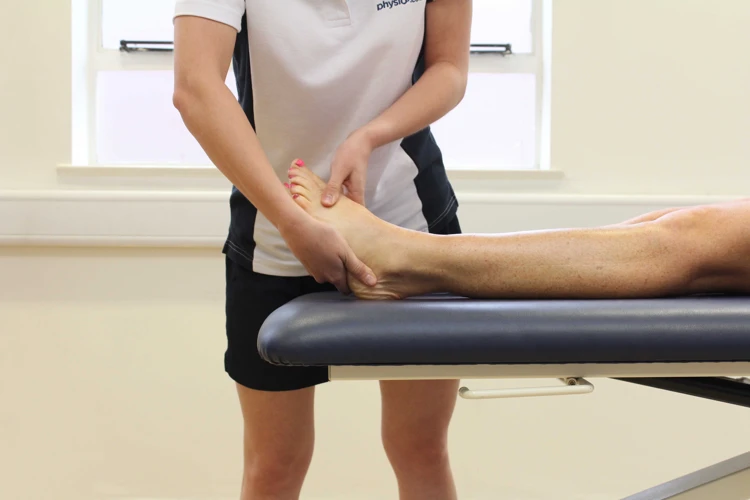
Friction is a type of deep tissue massage that is used to treat tight and rigid muscles. It involves long, deep strokes that are applied with pressure and strong finger movements. Its purpose is to break up adhesions, or bands of painful, rigid tissue, in the muscle. This type of massage can also help to improve circulation and relieve muscle tension. The following are some of the techniques used in a friction massage:
- Compression: This technique involves pressing the muscles in order to release tension and restrictions.
- Stripping: This involves using a single finger to slide along the length of a muscle, breaking up adhesions and helping to reduce pain.
- Knuckling: This technique involves using the knuckles to apply pressure to the muscles in order to break up adhesions and reduce tension.
- Cross-Fiber Friction: This technique involves applying pressure across the fibers of the muscle in order to break up adhesions and reduce tension.
Friction is a powerful and highly effective deep tissue massage technique that can help to reduce pain, improve circulation and reduce muscle tension. It is often used in combination with other massage techniques such as compression, stripping and knuckling, in order to provide the most effective relief. If you are looking for relief from pain or tightness, a deep tissue massage that incorporates friction may be the best choice for you.
Compression

Compression is an integral part of a deep tissue massage. During a deep tissue massage, the therapist applies long, deep strokes to reach the deep layers of the muscle tissue. Compression helps to release tension, increase the circulation of blood, and reduce muscle soreness. It can also help to relieve chronic pain and improve mobility.
- Compression techniques involve applying direct pressure to the muscle tissue with hands, elbows, and even tools like a compression ball.
- Compression helps to release tension, increase the circulation of blood, and reduce muscle soreness.
- It can also help to relieve chronic pain and improve mobility.
- Compression techniques vary depending on the area of the body being worked on and the desired outcome.
- The therapist will assess the amount of pressure and the duration of the massage to ensure the patient is comfortable and the muscle tissue is not being overworked.
What is a Deep Tissue Massage Called? A deep tissue massage is also known as a Swedish massage, as it incorporates many of the same techniques used in Swedish massage. It is a type of massage therapy that focuses on relieving tension and tightness in the deeper layers of muscle, tendons, and fascia in the body.
Trigger Point Therapy
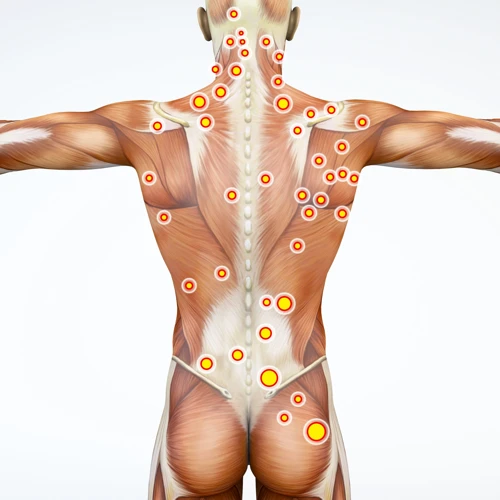
Trigger Point Therapy is a type of deep tissue massage that focuses on relieving pain and restoring normal functioning to the muscles and tissues. It involves the application of pressure to specific points in the body, known as trigger points. The pressure applied to these trigger points helps to relax the muscles, relieve tension, and reduce inflammation. This type of massage is beneficial for those suffering from chronic pain and muscle tension.
Trigger Point Therapy can be used to treat a variety of issues, such as headaches, neck pain, back pain, sciatica, fibromyalgia, and TMJ disorder. It can also be used to help improve mobility and range of motion, reduce stress, and promote relaxation.
During the Trigger Point Therapy session, the therapist will apply pressure to the trigger points with the hands, elbows, or a massage tool such as a foam roller. The pressure is applied for a few seconds at a time and can be repeated multiple times. The pressure should not be too deep or uncomfortable, and the therapist should be aware of the client’s comfort level.
Trigger Point Therapy is an effective form of deep tissue massage and can provide relief from pain and tension. It can be used in conjunction with other forms of massage or physical therapy for a comprehensive treatment plan.
Contraindications of Deep Tissue Massage
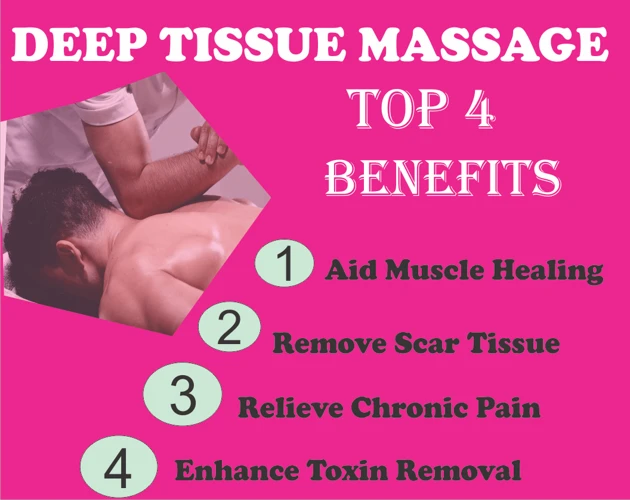
Deep Tissue Massage is an effective form of massage therapy but it is not suitable for everyone. It is important to be aware of the contraindications, or situations when Deep Tissue Massage is not recommended, to ensure the safety of the patient.
Infectious Diseases: Deep Tissue Massage is not recommended for clients who have infectious diseases, such as HIV, hepatitis B, or any other communicable diseases.
Blood Clots: Deep Tissue Massage is not recommended for clients who have blood clots or certain types of cancer.
Recent Surgery: Deep Tissue Massage is not recommended for clients who have recently undergone surgery or have had any medical procedures.
Pregnancy: Deep Tissue Massage is not recommended during pregnancy, as it can cause strain on the uterus and the baby’s development.
Skin Conditions: Deep Tissue Massage is not recommended for clients with skin conditions, such as psoriasis, eczema, or open wounds.
Fever: Deep Tissue Massage is not recommended for clients with a fever.
Muscle Spasms: Deep Tissue Massage is not recommended for clients with muscle spasms, as it can increase the intensity of the spasm.
It is important for clients to discuss any pre-existing health conditions with a qualified therapist, who can assess whether Deep Tissue Massage is suitable for them. If in doubt, clients should consult their doctor before receiving any massage therapy.
Who Should Consider a Deep Tissue Massage?

Deep tissue massage is a powerful therapy that can provide relief to those suffering from chronic pain, tension, and muscle soreness. This therapeutic massage technique is beneficial for anyone looking to improve their overall physical health, but there are certain individuals who should consider it more than others.
- People with chronic muscle tension and pain.
- Athletes who need to recover from strenuous workouts and activities.
- Individuals who want to improve their flexibility.
- People with injuries or weakened muscles.
- People who experience frequent headaches.
- Individuals who suffer from sciatica or other nerve-related pain.
- Those who are looking to reduce stress and improve their overall wellbeing.
Deep tissue massage is not for everyone and can cause discomfort in some individuals. If you have any existing health conditions or are taking certain medications, it is always best to consult your doctor before trying this therapeutic massage. Additionally, it is important to always communicate with your massage therapist and let them know if any technique is too intense or painful.
Cost of Deep Tissue Massage

Deep Tissue Massage is an effective therapy for relieving chronic muscle tension, releasing tension within the muscle fibers, and helping restore range of motion. The cost of a Deep Tissue Massage can vary depending on the therapist, the length of the massage, and the number of sessions.
- 30 minutes: $50–$80
- 45 minutes: $65–$95
- 60 minutes: $80–$110
- 90 minutes: $120–$150
In some cases, the cost of a Deep Tissue Massage may be covered by insurance. It is important to check with your provider to find out what is covered. The cost may also vary depending on the location and the type of massage.
Preparation for Deep Tissue Massage
To get the most out of a Deep Tissue Massage, it’s important to prepare for the session. Before the massage, it’s important to drink plenty of water to stay hydrated and to avoid caffeine, alcohol, and other stimulants. It’s also important to dress in comfortable, loose clothing that won’t restrict movement during the massage.
The massage therapist may also ask about any existing medical conditions and to provide a list of any medications that are being taken. This is to ensure that the massage can be tailored to the individual’s needs.
Table of Preparations
| Preparation | Description |
|---|---|
| Drink plenty of water | Stay hydrated and avoid stimulants |
| Dress comfortably | Loose clothing that won’t restrict movement |
| Inform therapist of medical conditions | To tailor massage to individual needs |
| Provide list of medications | For safety purposes |
Following these simple steps will ensure that you get the most out of your Deep Tissue Massage. By preparing for the session, you can ensure that your massage is both safe and effective.
Frequently Asked Questions
What Are the Potential Benefits of a Deep Tissue Massage?
- Reduction of chronic pain: Deep tissue massage can help alleviate chronic muscle pain, such as lower back pain, neck pain, and sciatica.
- Improved posture: By loosening tight muscles and surrounding connective tissues, deep tissue massage can improve posture and range of motion.
- Reduced stress: Deep tissue massage can relax the body and mind, reduce stress, and improve sleep quality.
- Reduced anxiety: By relieving muscle tension and calming the nervous system, deep tissue massage can decrease anxiety levels.
- Boosted immunity: Deep tissue massage can increase blood circulation, reduce inflammation, and stimulate the lymphatic system, which helps the body fight off illness.
What Techniques Are Used In Deep Tissue Massage?
Deep tissue massage uses a combination of firm pressure and slow strokes to reach deeper layers of muscle and fascia (the protective layer surrounding muscles, bones and joints). Massage therapists use their fingers, thumbs and elbows to work on tight muscles and to release adhesions that can cause pain and restrict movement. Techniques used may include myofascial release, trigger point therapy and deep transverse friction massage. These techniques are designed to help reduce pain, increase range of motion, improve posture and alleviate stress.
What Is the Difference Between a Deep Tissue Massage and a Traditional Massage?
A deep tissue massage is a type of massage that works the deeper layers of muscles and connective tissue, while a traditional massage focuses on the top layers of muscle. Deep tissue massages are designed to treat muscle tension and pain caused by chronic issues such as arthritis, sciatica, fibromyalgia, and chronic back pain. Traditional massage techniques focus on relaxation and relieving stress, but do not target deeper muscle layers. Deep tissue massage requires more pressure and is usually slower than traditional massage. It is also beneficial for treating sore muscles and improving range of motion.
Are there any potential risks associated with a deep tissue massage?
Yes. While deep tissue massage is typically safe for most patients, there are some potential risks associated with the treatment. These include:
- Bruising or soreness: Deep tissue massage techniques can cause some temporary bruising or soreness. This is usually mild and should go away within a few days.
- Injury: If the massage therapist applies too much pressure, it can cause injury to the muscles or soft tissue. This is why it’s important for the therapist to start with gentle pressure and increase it gradually.
- Nerve damage: In rare cases, deep tissue massage can cause nerve damage. This is more likely to occur if the massage therapist presses too hard on a nerve or if the patient has an underlying medical condition.
- Infection: If the massage therapist does not use clean tools and techniques, it could lead to infection.
Before getting a deep tissue massage, it’s important to discuss the risks with the massage therapist and to make sure they have experience in providing this type of massage.
Is a Deep Tissue Massage Suitable for Everyone?
Deep tissue massage is a powerful therapy that is used to target deeper layers of muscle and connective tissues. It is used to treat a variety of conditions and is beneficial for people with chronic pain, tension, and tightness. However, it is important to understand that deep tissue massage is not suitable for everyone and that some people may need to take extra precautions before receiving this type of massage.
- People with chronic illnesses or medical conditions: Deep tissue massage can be too intense for people with certain medical conditions or chronic illnesses. People with chronic illnesses or medical conditions should consult their doctor before getting a deep tissue massage.
- Pregnant women: Pregnant women should avoid deep tissue massages as it can put too much pressure on the baby. It is best for pregnant women to get a lighter massage such as Swedish massage.
- People with skin conditions: People with certain skin conditions such as eczema, psoriasis, or rosacea should avoid deep tissue massages as it may irritate their skin.
- People with bleeding disorders: People with bleeding disorders should not receive deep tissue massage as it can cause bleeding or bruising.
Deep tissue massage should not be painful, but it can be uncomfortable as it targets deeper layers of muscle and connective tissues. If the massage therapist applies too much pressure, the person receiving the massage should let the therapist know.
Conclusion
Deep tissue massage is a powerful form of massage therapy that targets the deeper layers of connective tissue and muscles. It is best used to treat chronic pain and tension, and can be beneficial for a variety of conditions. The techniques used in this type of massage are slow and firm, and can be both therapeutic and relaxing. With the help of a qualified massage therapist, deep tissue massage can be an effective solution for chronic pain and discomfort.

